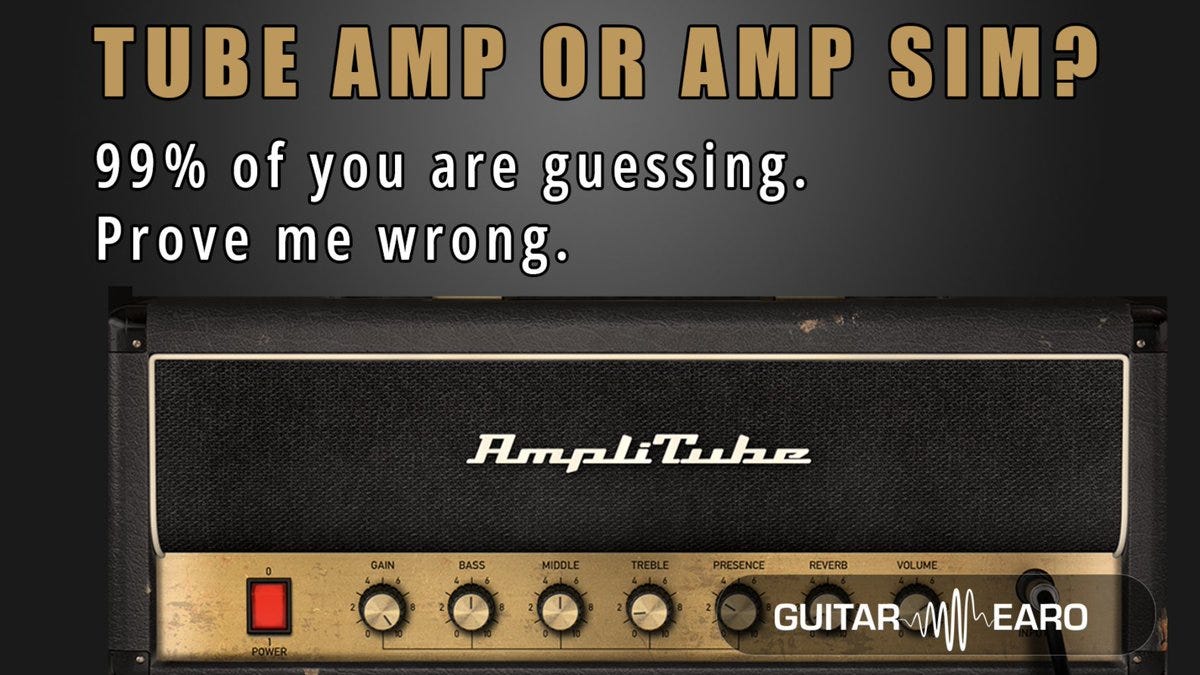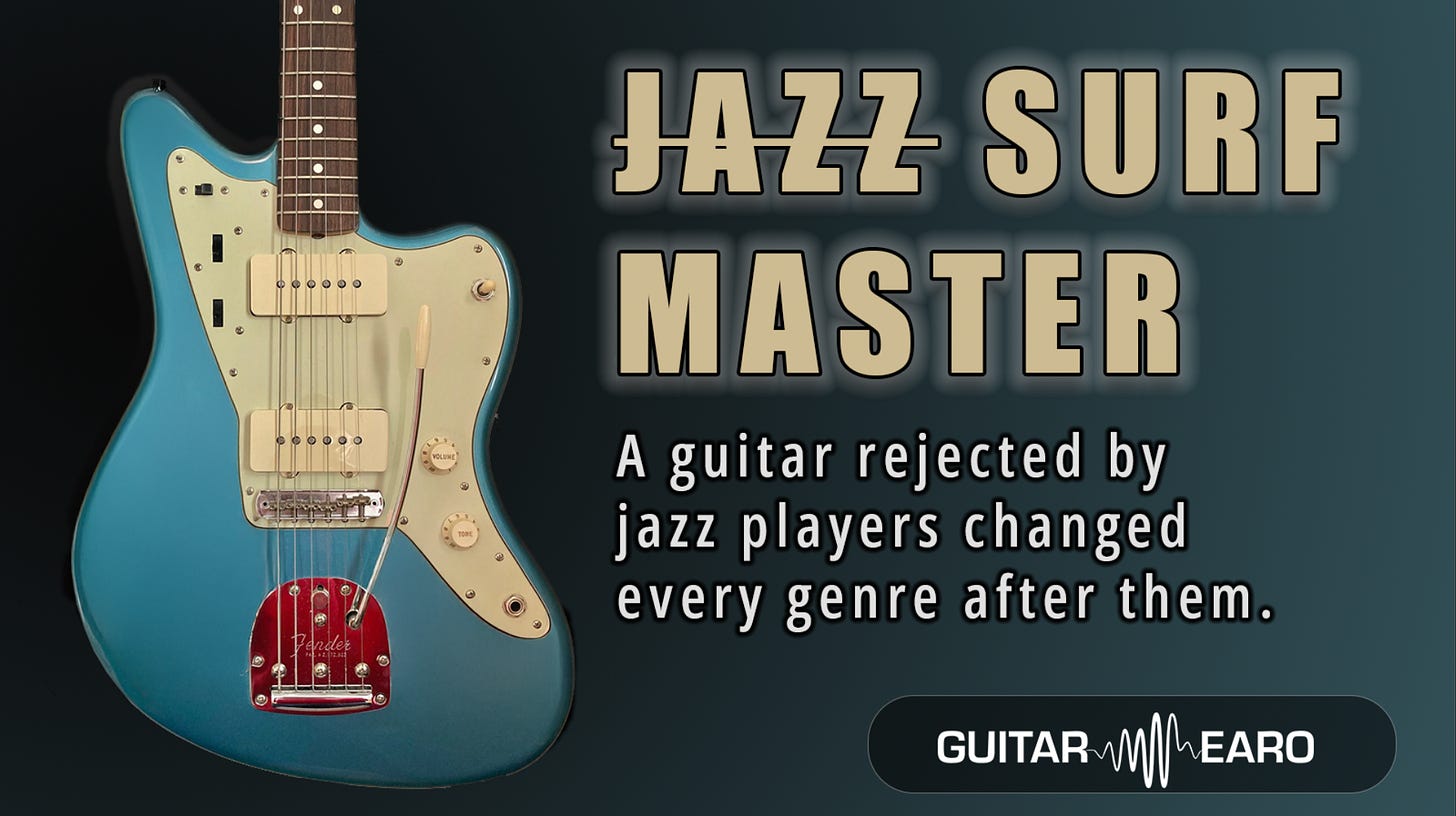Not with people this time. With guitars.
Because if you’re a guitarist, you already know the truth:
You don’t just own a guitar. You fall in love with one.
And like all love stories, it’s messy, illogical, full of doubts, mistakes, passion—and moments of clarity.
This is mine.
When I first picked up the guitar, my parents did what most parents do:
They bought the cheapest guitar and amp they could find.
Who knew if this was a phase or a passion?
That choice was easy.
What wasn’t easy was the next one: the first time I had to choose a real guitar.
I was 14.
I’d been practicing endlessly. My fingers hurt, my calluses were building, and I was obsessed with the idea of being a guitarist.
But here’s the truth: I wasn’t good.
I didn’t know tonewoods from firewood.
And I didn’t have anyone I truly trusted to guide me.
Still, it was time.
I walked into a big guitar shop with a friend, two teenagers, both completely out of our depth.
The place was intimidating. Pros were shredding around us while I could barely stumble through two notes.
And yet, I had to choose.
The salesman asked me what I liked. He listened. Then he handed me a few guitars.
First was an Ibanez PGM50-BK, Paul Gilbert’s signature model.
White. Sleek. Sharp.
Something about the tone spoke to me, though I didn’t trust my ears enough to know why.
Then came the Jackson Soloist.
The salesman whispered its virtues like gospel: one-piece maple <a href="why-i-do-not-have-a-stiff-neck">neck</a> for <a href="do-heavier-guitars-actually-sustain">sustain</a>, Floyd Rose tremolo, Bill Lawrence <a href="high-vs-low-the-eternal-pickup-output">pickups</a>, 24 frets.
I was sold.
It felt like the future.
My future.
And for years, it was.
That Jackson carried me through late nights, fru<a href="can-you-hear-the-difference-strat">strat</a>ions, discoveries, and breakthroughs.
But something was missing.
As my tastes shifted (Dire Straits, 70s rock) the Jackson no longer felt like “me.”
It could scream, but it couldn’t sing.
So came the next big purchase.
This time, with a little family help, I walked into another shop and came out with a ’76 Strat.
It was imperfect.
Unpotted pickups.
Quirks I didn’t understand.
At first, I wasn’t in love.
But as I fought with that guitar, something deeper happened: I learned.
Its character forced me to develop my right hand differently. I grew with it.
Then came temptation.
A ’71 Les Paul. Heavy. High-gain. Pure fire.
Perfect for Guns N’ Roses.
But when it came to Hendrix, blues, or pure expression—it was always the Strat that spoke to me.
That was when I realized something important:
Love isn’t always instant. Sometimes it grows through the struggle.
Over the years, I got better.
I trained my ear. I studied woods, pickups, construction.
I learned to separate truth from marketing fluff.
And then one day, I plugged into a 60th anniversary Fender Strat, made in Mexico.
I strummed a few notes.
And I knew. No hesitation. No sales pitch. No second-guessing.
It was love.
With a few upgrades (Texas Specials, bridge humbucker), it even outshone my ’76 Strat.
It became my main guitar, the one that’s been everywhere with me since.
It took me years to trust my ears.
Years of mistakes, detours, experiments, and self-doubt.
But eventually, I built that confidence.
And that’s why I’m building Guitar Earo.
If I could hand my 14-year-old self a tool that gave me even a little more confidence, a little more clarity, my journey would have been different.
That’s what Guitar Earo is about: learning to trust your ears.
Learning the tone.
Falling in love with the right guitar for you.
Now I want to hear your story.
How did you fall in love with your guitar?
Because sure, we may all own many, but the truth is, there’s always one that matters more.
The one that chose you back.
If this story resonated with you, and if you want more tales about guitars, tone, and the strange ways we fall in love with sound, subscribe below.




